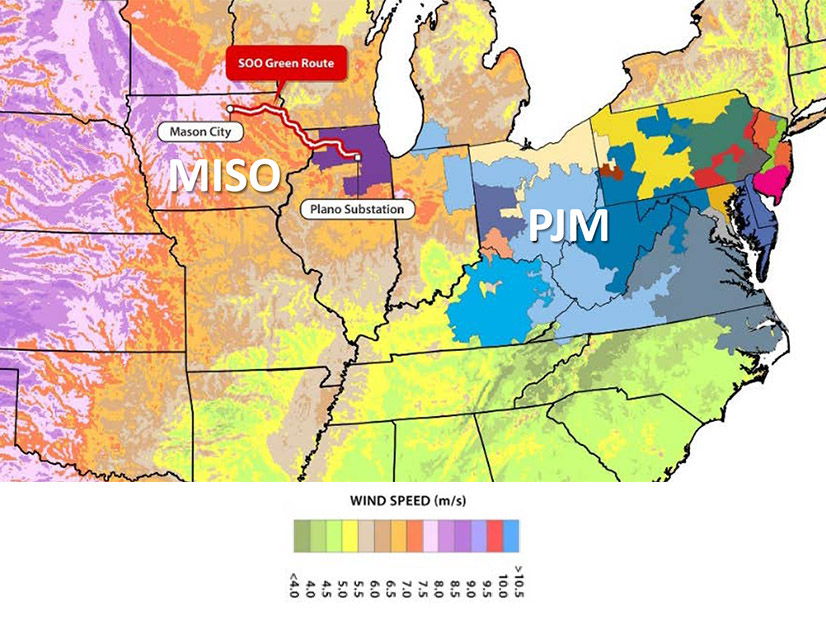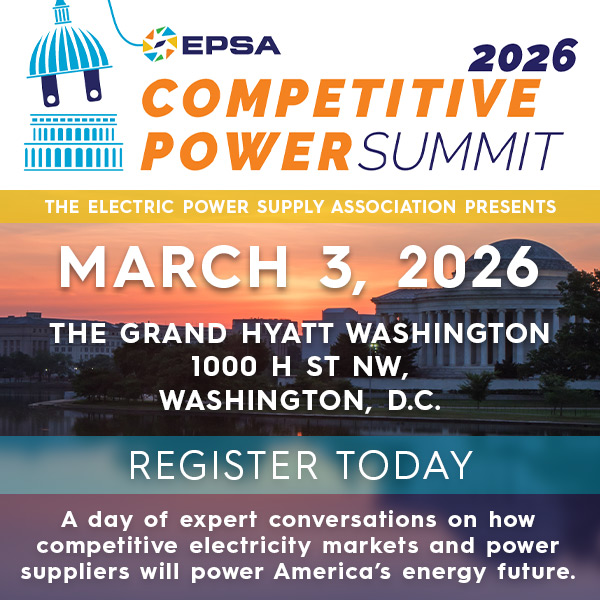FERC Blocks MISO Self-fund Rule for Merchant HVDC Line Upgrades

SOO Green HVDC Link — which is developing a 350-mile HVDC line along railroad corridors from Iowa to Illinois — contended TO financing could cause its upgrade costs to increase by 30-40%. | SOO Green
May 2, 2022
FERC rejected a transmission owner self-funding option for HVDC projects in a decision that could save millions for developers like SOO Green.



